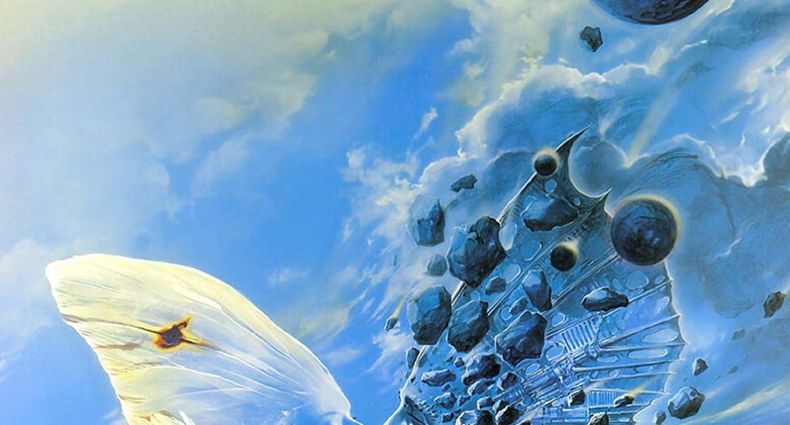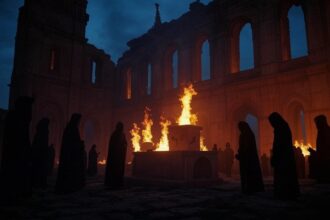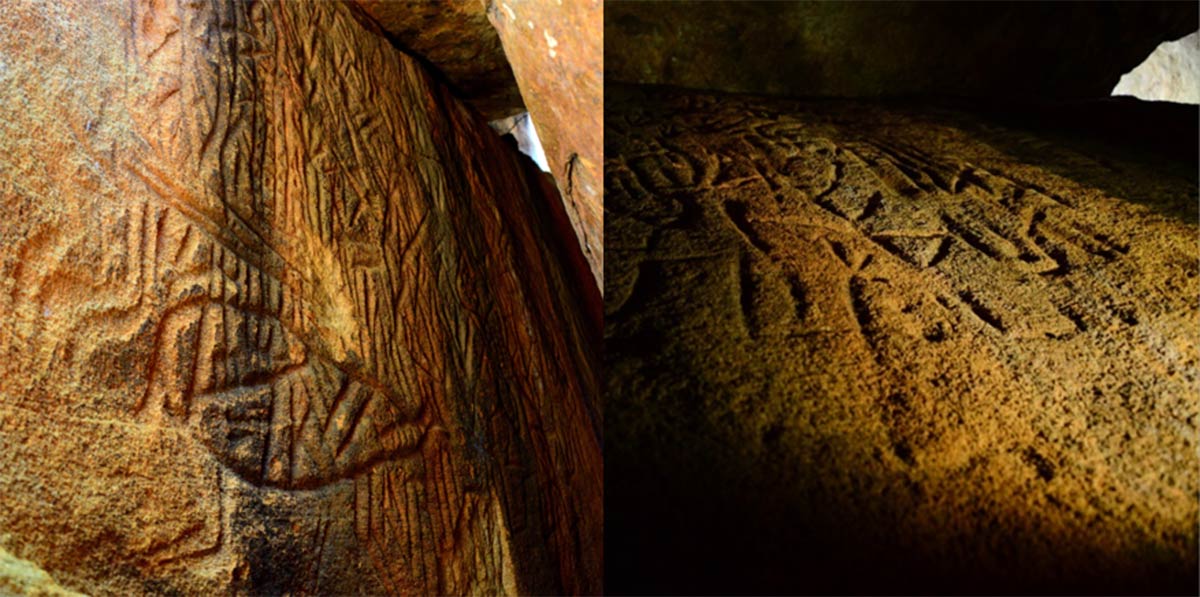In the ever-evolving landscape of faith and divine mystery, few places captivate the world’s attention like the Vatican. Often seen as the heart of Catholicism, cloaked in ritual and radiating historical grandeur, the Vatican represents both a beacon and a paradox—a spiritual crossroads that binds heaven to Earth, yet also conceals ancient truths within its stone embrace.
But what if the Vatican is more than a repository of papal authority and more than the public eye can see? What if, from a higher vantage, it is not merely a center of divine connection, but a sealed vault—a cosmic node of spiritual memory, where the energies of the stars, forgotten civilizations, and divine frequencies await reawakening?
A Tale of Popes and Prophecies: From Shepherds to Solar Signs
The succession of popes across the ages has been accompanied by mystical symbolism, prophetic resonance, and cosmic alignments—each pontiff embodying more than leadership, but vibrational archetypes that echo through time.
Angelo Giuseppe Roncalli, who would become Pope John XXIII, was once a humble shepherd and sailor. As Patriarch of Venice, the fabled city of canals, gondolas, and sailors, his life mirrored a spiritual bridge between land and sea, heaven and earth. The mysticism of Venice, a city half-submerged and half-awake, seemed fitting for a man destined to open the windows of the Church through the Second Vatican Council.
The coat of arms of Giovanni Battista Enrico Antonio Maria Montini, later Pope Paul VI, was adorned with three lilies—a symbol taken from the Song of Songs, where the lily is called the flower of flowers. The lily, throughout biblical scripture, represents purity, divine love, and the whisper of the Beloved. It is both a fragrance and a flame, an invitation to sacred intimacy with the Divine.
Albino Luciani, known to history as Pope John Paul I, was born on October 17, 1912—under the half-light of a waxing moon. Mystics might say he came “from the middle of the moon,” a symbol of illumination in transition—not the darkness of the new moon nor the fullness of light, but the balanced in-between. His papacy was short but radiant, echoing the fleeting brilliance of moonlight on water.
Then came Karol Józef Wojtyła, Pope John Paul II, born on May 18, 1920, the very day of a partial solar eclipse. A solar eclipse is a celestial anomaly where light is overtaken by shadow—only to re-emerge transformed. His life mirrored this archetype. A spiritual colossus, his pontificate carried the weight of hidden trials, global transformation, and the convergence of cultures. Light returned stronger after passing through his long night of human and theological struggle.

Joseph Alois Ratzinger, Pope Benedict XVI, was described as “the glory of the olive.” His pontificate was deeply Benedictine, evoking the contemplative legacy of St. Benedict of Nursia. Notably, one branch of the Benedictine order is called the Olivetans, and the olive tree—peace-bearing and enduring—is emblazoned on the coat of arms of Velletri-Segni, a diocese once under his pastoral care. His long tenure at the Congregation for the Doctrine of the Faith, the modern face of the old Inquisition, reflected a deeper struggle between the protection of sacred mystery and the fear of doctrinal decay. Symbolically, the olive branch—once a sign of peace—became the crossbeam for theological preservation.
Lastly, we come to Jorge Mario Bergoglio, Pope Francis, the first Jesuit pope, the first from the Americas, and the first to bear the name of Francis of Assisi—the man of the poor, the mystic of nature, the radical lover of peace. The name “Bergoglio” itself evokes “Berg,” meaning stone or rock—just like “Peter.” Is this “Peter the Roman,” the last pope in the Prophecy of St. Malachy? Perhaps. Or perhaps not. Perhaps the age of hierarchical prophecy is dissolving into the age of inward revelation.
The Vatican Through the Lens of the Subtle Plane
To those with eyes to see beyond marble and monuments, the Vatican is more than it appears. From the subtle spiritual plane, it is described not as a temple of divine communion, but as a vibrationally sealed warehouse—a matrix where sacred energy has been contained, shaped, and encoded.
The architectural grandeur, the gold-leafed chapels, the buried libraries: they are stunning in form but hollow in flow. The true divine vibration—the living breath of the sacred—does not circulate freely here. It is reflected, refracted, redirected, like light bouncing off museum glass. People enter in search of divine encounter and exit with a feeling of “heavy beauty,” a lingering aesthetic awe but spiritual numbness. Why? Because the living current has been structured, controlled, and often intercepted.

The Vatican is described as a node of faith interception—not evil, but not fully light. It is a midpoint between truth and narrative, between divine essence and human translation. The keys it holds—those vibrational codes left by star teachers, avatars, and Christ-consciousness—have been symbolized, not actualized. They have been preserved like ancient relics, stripped of breath, frozen in dogma, encased like flowers in crystal.
These keys, once living frequencies, have been rewritten, edited, and sealed—surrounded by layers of guilt, sin, fear, and obedience. The love of Christ, in its pure essence, is not lost, but buried beneath centuries of ritual layers, political weight, and encoded control.
The Cracking of the Grid: A Silent Revolution
Now, in our time, something profound is occurring. The grid around the Vatican is beginning to crack—not in stone and brick, but in the spiritual architecture beneath it. Rites of submission, embedded into the etheric structure of the Church over millennia, are unraveling from within.
This is not destruction; it is transmutation. People are awakening. They are realizing that God does not dwell solely behind stone walls or beneath golden domes. The sacred is not confined to thrones or titles—it is flowing into the forests, the bodies, the breath, the stars. The living vibration of faith is breaking out of its glass vault.
As this shift unfolds, the Vatican will no longer serve as the world’s main spiritual portal. It will remain, but not as before. Not as the central keeper of divine contact, but as a library of what was. The faithful will not turn against it with anger, but with empty reverence, realizing its chapter is closing. The cage has opened. And the bird of faith has flown into the world.
What Lies Ahead? The Emergence of the New Earth
This spiritual transition is not isolated. It is part of a broader unfolding: a reawakening of humanity’s stellar origins, a remembering of ancient paths—Egyptian, Sumerian, Slavic, Arcturian—that have whispered through our dreams for centuries.
We are entering the world of the New Earth, where divine connection is no longer mediated but embodied. No longer vertical and hierarchical, but horizontal, heart-centered, planetary. The Vatican’s role was once to hold the light in a cage. Now the cage is open, and the light is flowing into the people.
We are not watching the fall of a temple—we are witnessing the rise of a new communion. A faith without borders, a spirituality of direct knowing, and a love that does not demand submission, but invites presence.
Final Reflection:
The Vatican is not light, nor is it dark. It is a keeper of transformation. Its time as a divine gatekeeper is ending. What comes next is not rebellion, but release. Not war, but waking. The real temple is being rebuilt—not in Rome, but within us.

















